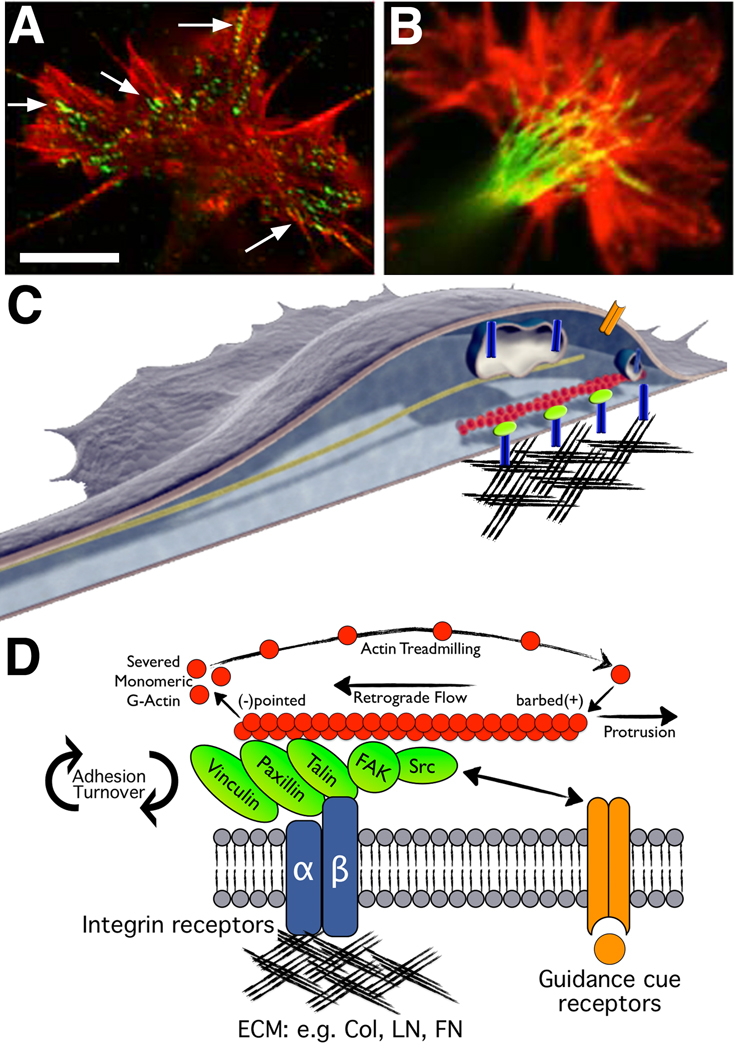Figure 1. Growth cones assemble macromolecular adhesion complexes (point contacts) that link ECM proteins to actin filaments.
A. A Xenopus spinal neuron growth cone immuno-labelled for phospho-Tyr118-paxillin (green) and F-actin (red). Note multiple point contact adhesions along actin filaments (arrows). B. A Xenopus spinal neuron growth cone immuno-labelled for β-tubulin (green) and F-actin (red). Note that microtubules may regulate the trafficking of vesicles containing integrin and guidance cue receptors. Scale, 5 µm. C. Schematic representation of a growth cone (adapted from (Kamiguchi and Lemmon, 2000)) on the ECM with several integrin receptors (blue) linked to actin filaments through adhesion complexes (green). Integrin receptor trafficking within recycling endosomes (blue vesicles) along microtubules (dark green) may regulate axon guidance (see text for details) A guidance cue/growth factor receptor is illustrated on the apical surface (orange). D. Schematic representation of key molecular components of growth cone point contact adhesions. Integrin αβ heterodimeric receptors (dark blue lines) bind to proteins within the ECM, such as Col, LN and FN. Integrin activation leads to the assembly of multiple scaffolding proteins, such as talin, paxillin and vinculin to the cytoplasmic tail of integrins. In addition, FAK and Src are activated by clustering of integrin receptors, and they modulate the composition of adhesions through phosphorylation of key residues that allow for binding of many additional proteins (not shown). Several scaffolding proteins bind directly to actin filaments (red), which is believed to restrain retrograde flow and allow the force of actin polymerization to generate membrane protrusion. Guidance cue receptors (orange) can also regulate adhesion-associated proteins through binding and activation of FAK and Src. Cross-talk through FAK/Src signaling modulates adhesion assembly and turnover, as well as regulation of the actin cytoskeleton.

